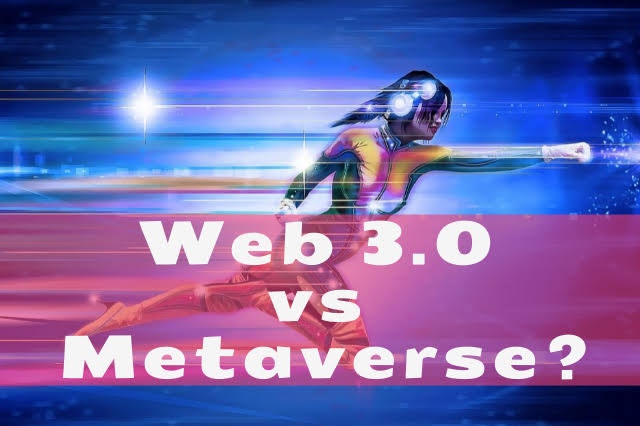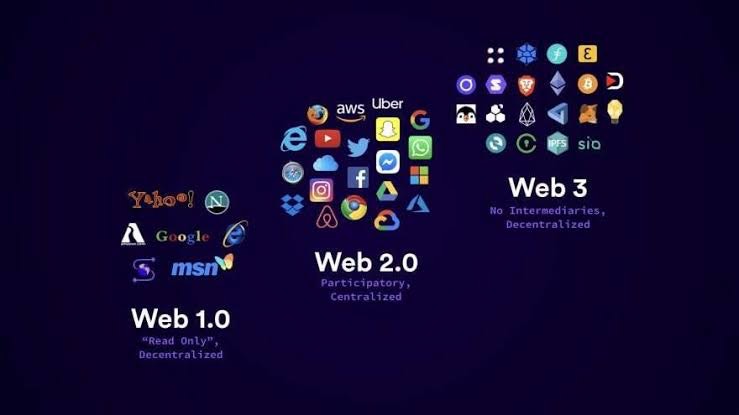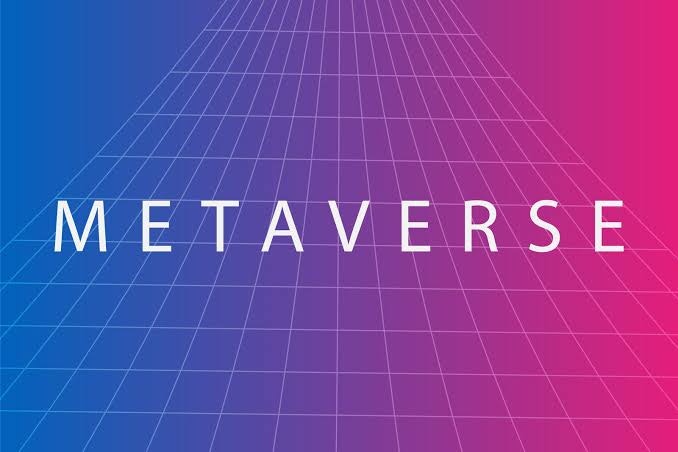What is the difference between Web 3.0 and the metaverse?
28/04/2022

In the world of cryptocurrency, many buzzwords get tossed around. One of those is “Web 3.0.” But what does that actually mean? And is it the same thing as the Metaverse?
In this post, we’ll break down the differences between Web 3.0 and the metaverse and explain why they’re both important technologies to watch in the years ahead.
What is Web 3.0?

Web 3.0 is a term used to describe the next phase of the internet, which takes full advantage of all of the advancements in technology that we have made over the years. This includes advanced data analytics and processing, better artificial intelligence, improved networks, and other cutting-edge capabilities.
In many ways, it represents an evolution of the Internet of Things (IoT), or at least another step forward in terms of how technologies are connected and what they can do for us as users.
One important element of Web 3.0 is blockchain technology. This is one pillar upon which Web 3.0 stands, as it enables greater security and integrity throughout different systems and platforms on the web today.
For example, by using blockchain, we can create a more decentralized web where users have more control over their data. This is in contrast to the current setup, where a few large companies control most of our data.
In addition, Web 3.0 also holds the promise of being more inclusive and accessible for everyone. For instance, there are initiatives underway to help developing countries get online and connect to the global economy through technologies like blockchain. This would allow them to participate in the digital world on a level playing field with developed nations.
So, overall, Web 3.0 is about creating a more connected, secure, and inclusive web for everyone, worldwide. It will truly be a transformative development for the Internet and online communities.
What is the metaverse, and what are its features?

Now let’s turn to the metaverse. What is it? The term has been popularized in recent years by the massively multiplayer online role-playing games (MMORPG) such as “Second Life.” The metaverse, as it applies to virtual worlds and especially those with a gaming focus, refers to the complete multi-user online environment formed from all of the servers used for these games. It’s also referred to as a 3D internet or collective virtual shared space.
The features of the metaverse include:
1. Rich user experiences: Most virtual worlds have rich graphical representations that provide an immersive experience for users.
2. Community interaction: Many of these environments allow players to interact with others, whether friends or strangers. And because these activities take place online, users can interact with and meet new people from around the world.
3. Economic systems: Virtual worlds often have economic systems where players can earn currency (called “Linden dollars” in Second Life) that can be exchanged for real-world money or used to purchase virtual goods and services within the game itself.
4. Virtual assets: The most popular MMORPGs now feature inventory systems where users collect items that they can use in their gameplay or trade with other players on a marketplace known as a virtual auction house. These items may even increase in value over time, giving players another way of earning income outside the game realm.
Overall, the metaverse is an expansive and exciting new frontier in the world of online gaming. With its many features and potential applications, it’s sure to continue growing in popularity in the years to come.
What is the difference between the metaverse and Web 3.0?
The term metaverse was coined by Neal Stephenson in his science fiction novel Snow Crash. It refers to a virtual reality environment where users can interact with each other and digital objects using avatars.
The notion of a metaverse has been further popularized by the Wachowskis in their Matrix trilogy, where it is described as a shared virtual reality created by artificial intelligence.
Web 3.0, on the other hand, is a term used to describe the next generation of the World Wide Web. It is based on semantic web technology, which allows computers to understand the meaning of web content.
While the two terms are often used interchangeably, there is a subtle difference between them. The metaverse is more like an extension of the real world, while Web 3.0 is more focused on artificial intelligence and machine-to-machine communication.
Advantages of Web 3.0
One major advantage of Web 3.0 is that it is much more user-friendly than Web 2.0 technologies like websites and social media platforms. Web 3.0 applications tend to be intuitive and easy to use, meaning they don’t require much training or experience to use effectively.
This makes them ideal for businesses who want to improve communication with their customers, as well as for individuals who want an efficient way to manage their personal information online.
Benefits of the metaverse
There are many potential benefits of a metaverse, including:
1) Increased social interaction: The ability to interact with people from all over the world in a shared virtual environment could lead to increased social interaction and understanding.
2) Improved education and training: The immersive nature of the metaverse could make it an ideal platform for educational and training purposes. Learning in the metaverse could be more engaging and fun than learning from a book, video, or website.
3) Improved communication: The ability to see people’s emotions, expressions, and gestures could lead to improved communication between people from all over the world. For example, if you are speaking with someone who is deaf, you would be able to use sign language within the virtual environment to communicate effectively.
4) Economic benefits: A metaverse may also offer economic benefits by creating new ways for businesses to interact with customers, such as through virtual meetings or product demonstrations.
Final thoughts
So, what is the difference between Web 3.0 and the metaverse? In short, Web 3.0 refers to a future internet where users are in control of their data, while the metaverse describes an augmented reality platform where users can interact with each other in a virtual world.
Both concepts are still in development, but they hold great potential for businesses and marketers alike. If you’re looking to get ahead of the curve, contact us today to find out how we can help you make the most of these upcoming technologies.
Chat with the expert NFT promoters and marketers at Mooning
Sure, all the examples of NFT promotions we listed are from global brands with endless coin to throw at their campaigns. But you really don’t need a crazy-high budget to see some seriously incredible outcomes – as long as you know the delicate intricacies of building a killer NFT marketing strategy!
If not, no worries – Mooning is here to take care of everything for you and make sure you see the most amazing ROI you’ve ever seen before. Our team has the knowledge and experience to promote your NFTs in order to deliver maximum awareness and interest, driving the sales prices up sky-high and beyond.
We provide a full suite of expert NFT marketing services and go above and beyond for every one of our clients to ensure only the best results. Our team will help with everything from minting, listing and selling, NFT creator sourcing, community management and campaign conceptualisation.
So get in touch with us now on 1300 818 435 or message us online.





